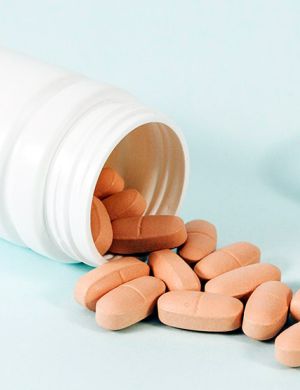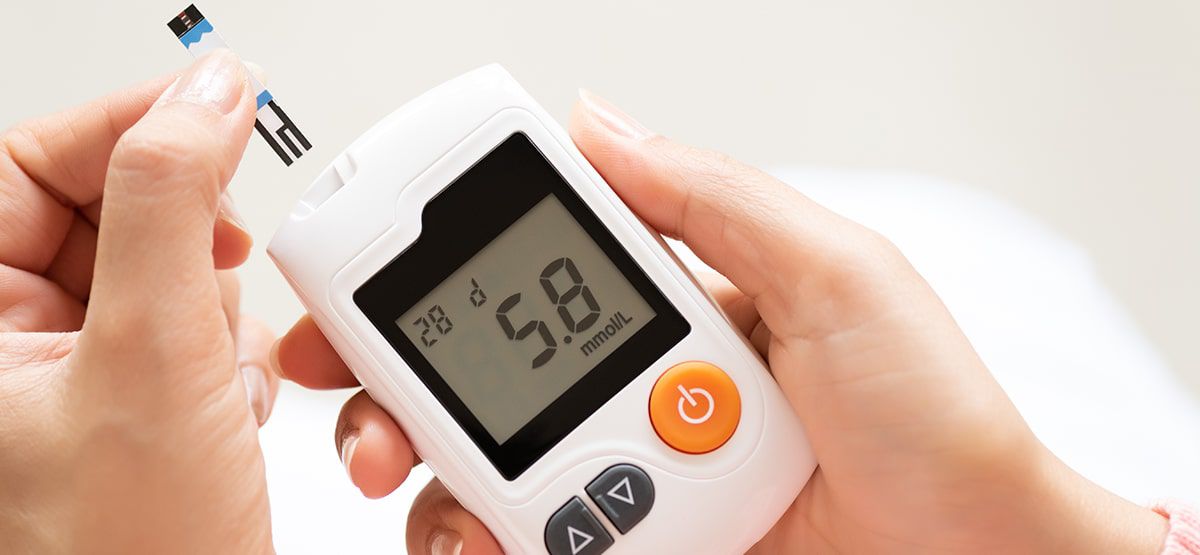
ANVISA New Medical Device Regulation RDC 751/2022
On March 1st, 2023, the new RDC (Resolution of the Collegiate Board) 751/2022 released by the Brazilian National Health Surveillance Agency (ANVISA) went into force.
The fundamental goal of the modification to the Brazilian law governing medical devices (MDs) was to modernize it and enable it to meet new technology that the old RDC 185/2001 did not anticipate, such as software as medical devices (SaMD) and nanomaterials. Additionally, the new RDC implements MERCOSUL Resolution GMC 25/2021 reached by Argentina, Paraguay, Uruguay, and Brazil, and demonstrates an effort by the Brazilian regulatory body to harmonize its concepts as well as necessary documents internationally, particularly with the International Medical Device Regulators Forum (IMDRF), established by Australia, Brazil, Canada, China, EU, Japan, Russia, Singapore, South Korea, UK and US.
The following resolutions are no longer in effect as of March 1, 2023:
| Technical Regulation | Document Title |
| RDC 185/2001 | The Registration of Medical products at ANVISA: alteration, revalidation, or cancellation. |
| RE 1554/2002 | The risk classification of active devices and electro stimulators for use in physical education, embellishment, and esthetic repair. |
| RDC 207/2006 | Amends Resolution No. 185, of 10/22/2001. |
| RDC 15/2014 | Good Manufacturing Practice Certification for Medical Device Registration in Brazil. |
| IN 4/2012 | Establishes rules for providing instructions for use in non-printed format for Health Products. |
Products that fall under RDC 751/2022
The new law, which is substantially similar to the EU-MDR regulation, RDC 751/2022, applies to all medical devices that meet its description. The new resolution does not apply to previously used or refurbished medical devices, custom-made devices, in-vitro diagnostics devices, pharmaceuticals, human-origin cells, tissues, organs, or blood derivatives, cosmetics, sanitizing products, or food items that are subject to separate regulations. RDC 751/2022, on the other hand, will be applicable to active devices indicated for medical device cleaning, disinfection, and sterilization as well as for active devices indicated for embellishment and aesthetic repair.
Significant Modifications
- Medical device risk classification was revised from Rules 1-18 to Rules 1-22. SaMD and nanomaterials are now subject to separate rules (rule 11 and rule 19, respectively). Manufacturers should review the classification of their devices to see whether there have been any changes which require for readjustment. Although the Classes I–IV classification system remains same as before. Additionally, definitions were revised in an effort to comply with the EU Medical Device Regulation (MDR), the IMDRF, and labelling requirements, such as the instructions for use (IFUs). Also updated were the processes for notification, registration, modification, revalidation, and cancellation of the registration of medicinal products.
- Every device must have a medical device technical dossier that adheres to the IMDRF’s Table of Contents. Although you won’t need to submit dossiers for Class I and Class II devices to ANVISA, you should be ready in case your files are examined during an audit.
- The Documentary Repository of Medical Devices, which will be accessible via the ANVISA electronic site, is another brand-new addition to the scene. Documents pertaining to both notified and registered medical devices are kept in this repository and made accessible through it.
- It is necessary to upload the Instructions for Use in specific. The petition and uploading of the Instructions for Use must be completed within 30 days of the publication in the Official Gazette of the Union for medical devices that are being notified, registered, or for devices that are currently on the Brazilian market but have undergone a reportable change.
- The time frame is 180 days for non-reportable changes to devices that have previously been registered or notified, as well as for changes to the Instructions for Use.
- Activities related to notification and registration are the owner’s duty and are completed by them. The function previously known as “importer” is now known as the “Brazil Registration Holder” (BRH) in the new legislation.
Deadlines for ANVISA submissions for up-classified, higher-risk medical devices
The new technical note emphasized the February 29, 2024, deadline for submissions for devices that were up-classified to Class III or Class IV, which was previously stated in RDC 751/2022.
- By February 28, 2024, manufacturers of Class I or Class II medical devices (with an existing Cadastro) that have been upgraded to Class III or IV must apply for the Registro. As a reminder, Brazilian-based manufacturers and foreign businesses that hold Brazil Registration Holders (BRH) must also seek for certification under Brazilian Good Manufacturing Practises (B-GMP).
- To change their device risk classifications, manufacturers of Class III or Class IV medical devices (with an existing Registro) need to submit a rectification petition to ANVISA.
- When submitting their next renewal or modification, manufacturers of Class III or Class IV medical devices (with an existing Registro) should adjust their risk classifications if the device’s classification changes from Class III to Class IV or from Class IV to III. However, in order to alter the device classification, the maker or BRH must submit a modification to the B-GMP.
What does this mean to you?
Given these numerous changes, if you intend to market a medical device in Brazil for the first time but haven’t registered a product there in recent years, you’ll want to become familiar with all of the new rules that are in effect.
What does all of this entail for a manufacturer of medical devices who sells their products in Brazil already? To start, a gap analysis against the new regulation would be conducted. Consider reviewing the guidelines for product classification. You will have time if a device has been up-classified, but fresh paperwork must be submitted by February 29th, 2024.
Don’t miss out! Click here to stay in touch.
Categories
- Biopharma (58)
- Consumer Health (21)
- Cosmetics (11)
- Diagnostics (5)
- Digital Health (8)
- Food (2)
- Medical Device (112)
- OTC (5)
- Regulatory Intelligence (13)
- Standards (41)
Recent Blogs
Get the latest updates from Vistaar

Related Posts
CONNECT WITH US

Let's talk about how Vistaar can help you




